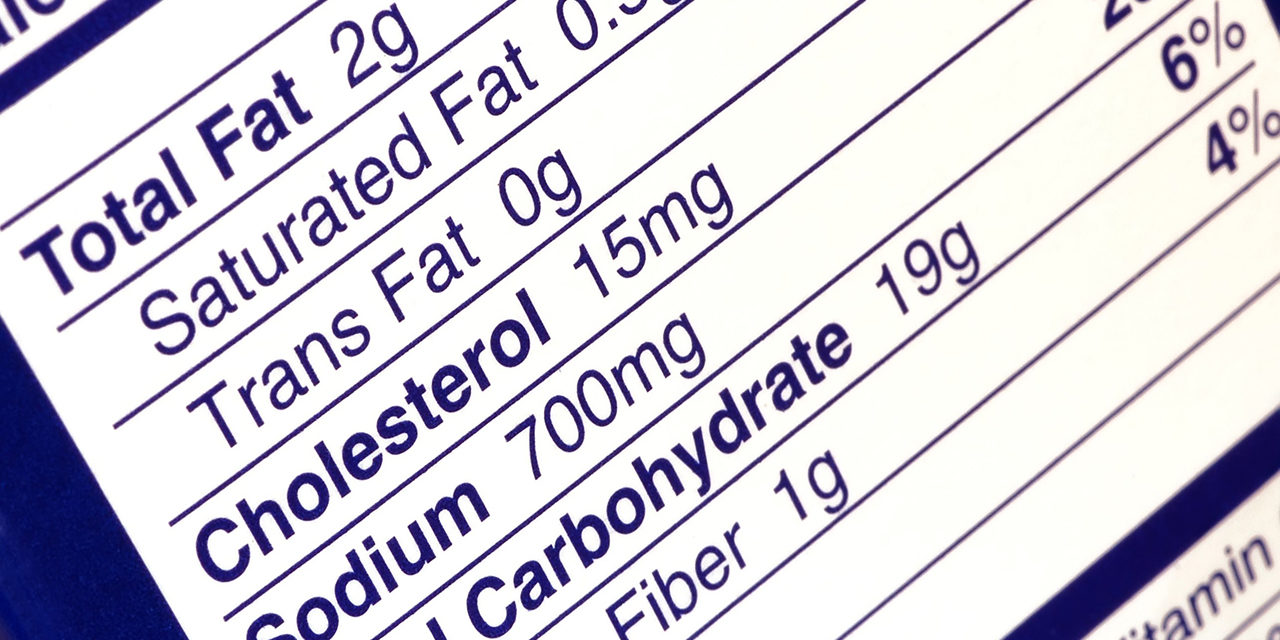We hear about cholesterol from our doctor, especially in conversations about heart health. Usually, a simple blood draw gives our primary care doctor a read on our cholesterol levels.
But isn’t cholesterol listed in the nutrition facts on our favorite foods? So what’s the difference between the cholesterol in our body and the cholesterol content in the food we eat? Check out this crash course on cholesterol.
What Is Cholesterol?
When we talk about cholesterol, there are actually two very different types. First, there’s the cholesterol made in the body: A type of fat found in our blood. The liver is where cholesterol is actually made. It is responsible for building cells in many of our important organs, including the brain, skin, and more.
Then there’s dietary cholesterol, found in the animal products we eat. This explains why there’s only cholesterol content in foods that come from animals – like meat, eggs, and dairy. These come from living things with a liver!
Because of this, it’s important to remember that a “cholesterol-free” label doesn’t mean much if it’s not an animal product to begin with. A fan favorite, Oreos, don’t have any cholesterol in them. That doesn’t make Oreos healthy though.
“The build-up of fats and cholesterol can begin in early childhood, setting the stage for cardiovascular events in adulthood. These vascular changes can be minimized or prevented with the adherence to a healthy lifestyle.”
What Is “Good” and “Bad” Cholesterol?
Low-density lipoprotein (LDL) is known as “bad” cholesterol because it can leave fatty deposits in the arteries, causing clots and blockages. A blocked blood vessel can trigger a medical emergency, such as a heart attack or stroke.
High-density lipoprotein (HDL) is called “good” cholesterol because it helps filter bad cholesterol out of your body, preventing blockages from occurring.
Should I Be Avoiding Foods with Cholesterol?
It’s important for consumers to understand that cholesterol content alone doesn’t decide if a food is healthy or unhealthy. The problem is, many products with high dietary cholesterol also happen to be high in saturated and trans fats.
Saturated and trans fats pose a real threat to our health – research shows these fats raise bad cholesterol levels, lower good cholesterol, and increase overall risk for cardiovascular disease.
In the aisles of the grocery store, take the time to read the nutrition information for the food you’re buying. Don’t just look at the amount of cholesterol in the product, but if there’s any trans or saturated fats as well.
Check with Your Cardiologist
People with a history of cholesterol issues are often recommended to make lifestyle changes and avoid foods high in cholesterol. If you’re not sure what’s best for you, discuss heart healthy choices with a cardiologist or your primary care physician.
Find a Cardiologist Near You
Call (716) 706-2113
Find a Cardiologist Near You
Call (716) 706-2113





